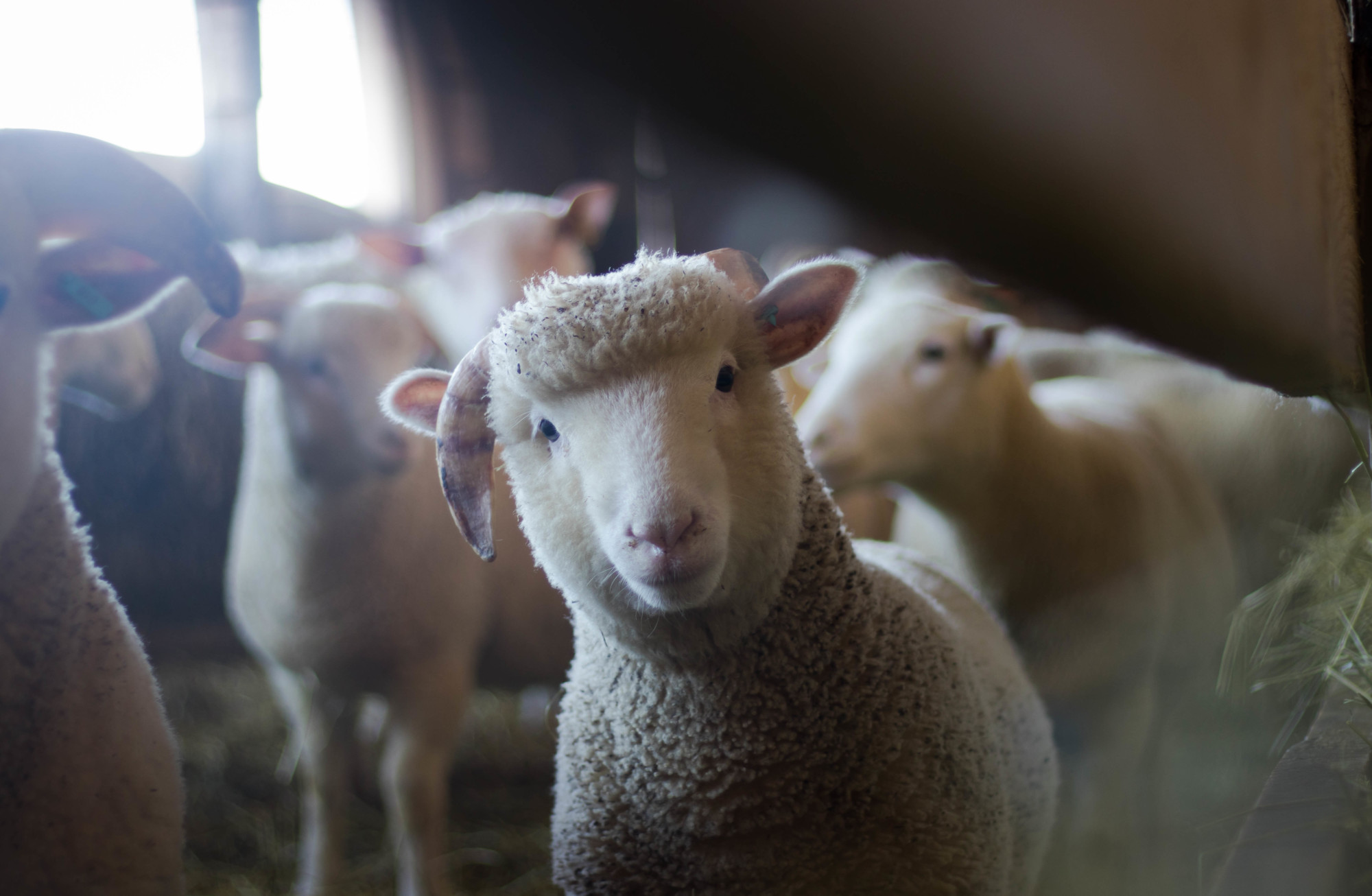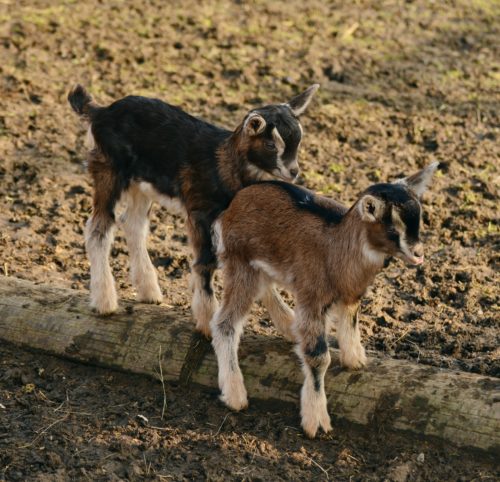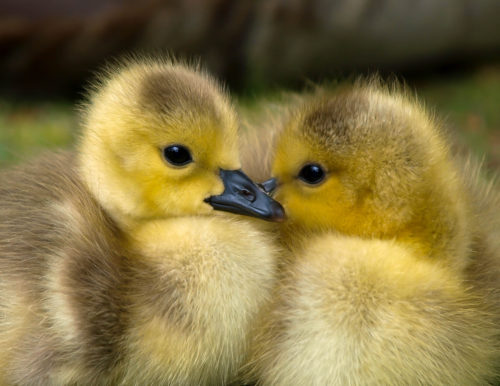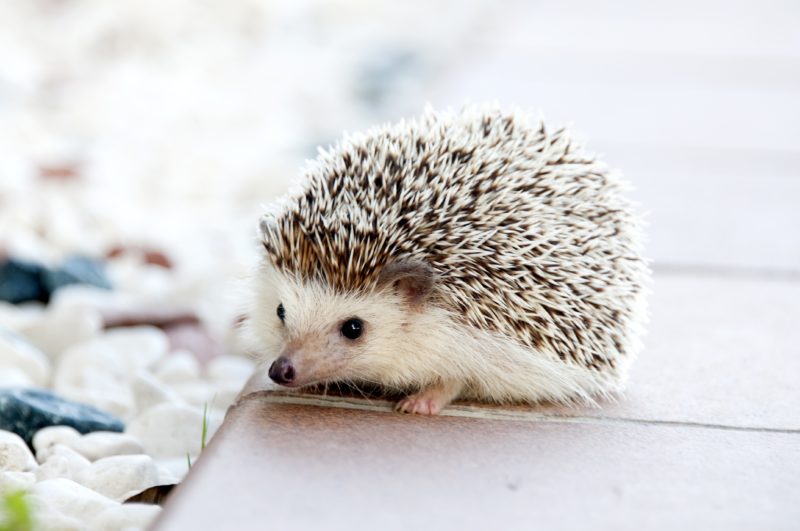Sign up for the daily CJR newsletter.
Enough with the serious stuff. Let’s talk about puppies and kittens. And cubs, kits, and calves.
When a human is born, it’s an “infant,” a “baby,” or sometimes identified by its sex, a “boy” or “girl,” “male” or “female.” We’re lucky. Not many animals have as many ways to refer to their young. (Yes, we’re anthropomorphizing. It is the dog days.)
As we wrote a couple of years ago when we discussed names for groups of animals, many of these animal nouns can be traced to the Book of St. Albans (or Boke of Saint Albans), published in 1486 as a guide to gentlemanly language on hunting “beestys and fowlys.”
There seems to be no rhyme or reason to which animal gets what baby name, then or now. The Oxford Dictionary blog listed a bunch about six years ago, and Wikipedia (of course) has an extensive list.
Deer and similar animals have “fawns,” and the horsey set gets “foals” (as well as “colt” for a male and “filly” for a female). But “calves” come to deer and antelope and cattle.
For canines like wolves and coyotes, as well as hyenas, the newborn is usually a “puppy.” Subtract “py” from “puppy,” and you have “pup,” which is what anteaters, armadillos, moles, and porcupines have, but also seagoing critters like dolphins, sharks, seals, and sea lions. And rats.
Bears have “cubs,” as do aardvarks, badgers, and walruses. And tigers and cheetah. Why do big cats like tigers and cheetah have “cubs” instead of “kittens,” like smaller cats? Who knows?
Take “ten” from “kitten” and you have “kit,” used for newborn cats, of course, and foxes and racoons, but also for rabbits and skunks. And rats.
That’s right. Some babies, like rats, don’t fight like cats and dogs over what to call themselves: Mice, beavers, sloth, and squirrels all are “kittens” or “kits” and “pups.”
Some animals become babies just by adding a “let” to their parents’ names, like the familiar “piglet” and the less-familiar “shrewlet.” Some add “ling,” making “duckling” and “gosling” and all manner of “hatchlings,” including nearly everything that pecks its way out of a shell.
The “ling” suffix creates a diminutive, a thing smaller than its root, and derives from Old Norse, the Oxford English Dictionary says. Its first recorded use was about 1314, the OED says, for “codling,” still used for a baby codfish. The “let” suffix is more recent, says the OED, coming from the French diminutive in the mid-16th century. (Though English has some words that use the French feminine ending, like “towelette” or “ambulette,” animal babies mostly use the masculine “let” ending.)
Owls and eagles can have it both ways; their newly hatched can be “owlets/eaglets” or “fledglings.” Of course, many birds also are “fledglings” or “nestlings.” And many birds have “chicks.” Wikipedia says hedgehogs do, too. (Or “pups” or “hoglets.”) Komodo dragons might have “chicks” or “calves.” Go figure.
Some animals, though, share their names with few other young’uns. An “eyass” is a new hawk or falcon, and marsupials like kangaroos and koala bears have “joeys” (so do opposums). Pigeons are “squabs” or “squeakers,” a baby pike is a “pickerel,” and a newborn salmon is a “parr” or “smolt.” Only sheep have “lambs,” and only swans have “cygnets.”
Then there is the echidna. An egg-laying mammal that looks like a cross between an anteater and porcupine or hedgehog, it’s related to only one other animal, the platypus. It’s a little silly to call its baby a “puggle.” But it is. Or maybe not: Though National Geographic calls the babies “puggles,” and Wikipedia’s entry on echidnas calls the babies that, Wikipedia’s main animal names entry notes that “puggles” is “in common use, but not scientifically endorsed.”
What’s a parent to do?
Has America ever needed a media defender more than now? Help us by joining CJR today.










